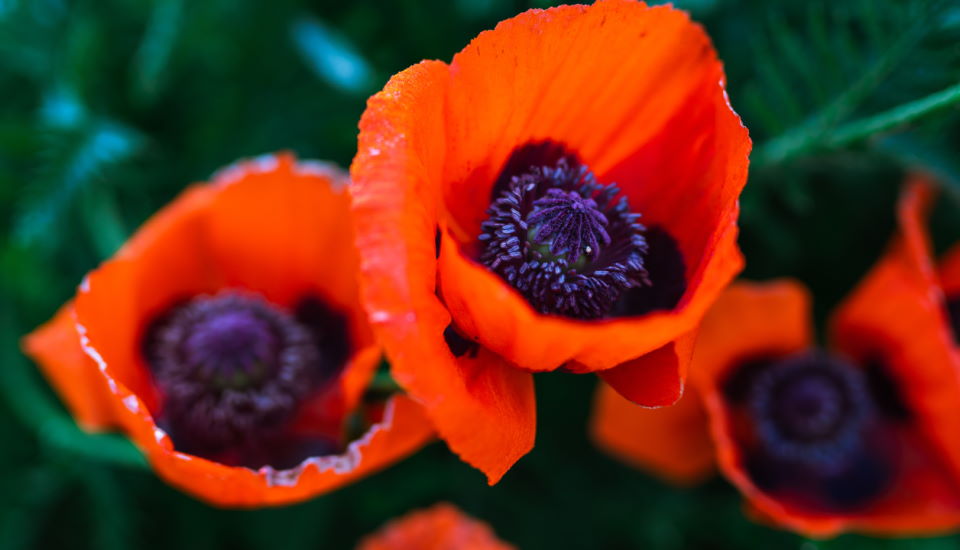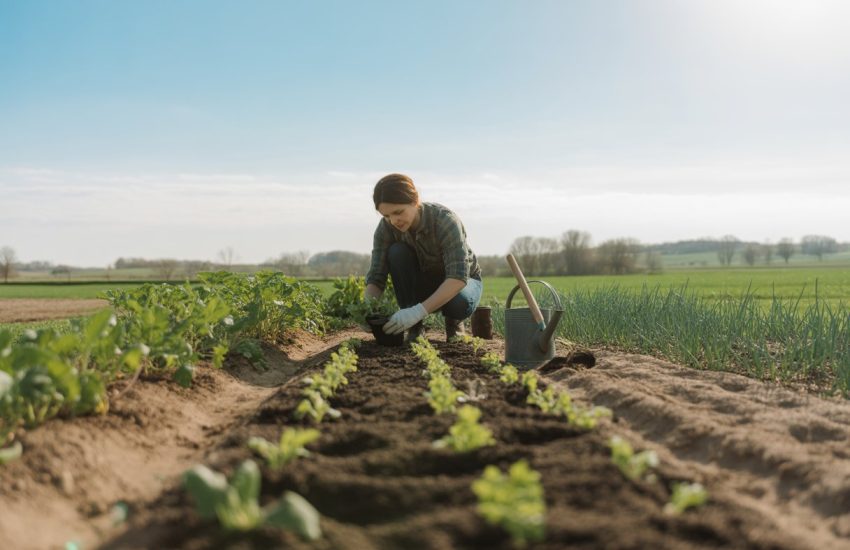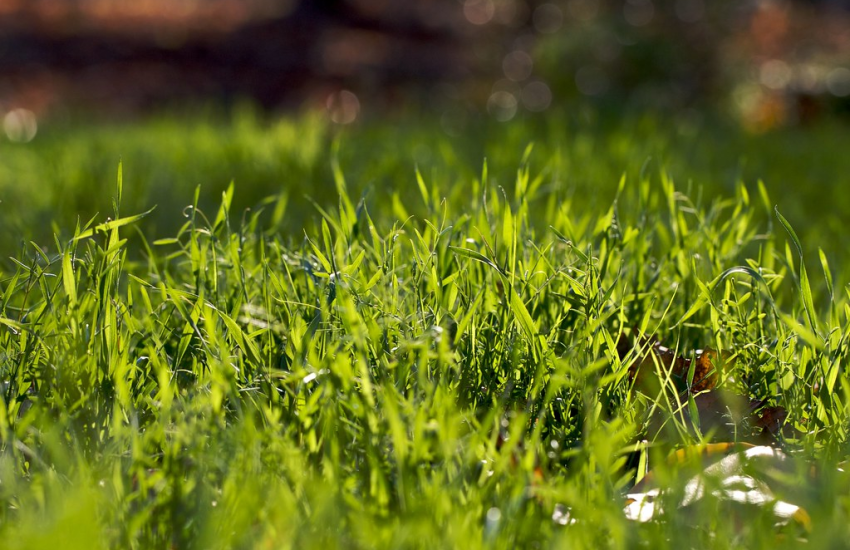Oriental Poppy (Papaver Orientale): How to Grow & Care
Oriental Poppy (Papaver Orientale) is an herbaceous perennial flower with big, vividly colored blooms with crepe paper-like petals. They are cultivated mostly for their flowers, but they also produce lovely leaves in the spring.
The Oriental poppy’s large, thistle-like leaves are downy, deeply lobed, and rich in color green, providing aesthetic value in and of itself. Oriental poppy is a wonderful cut flower because the leaves are closely packed, and the bloom stems are stiff and hairy. The pods that follow the petals are also decorative and are dried for crafts.
Growing & Caring Oriental Poppy (Papaver Orientale)
Light
Give your Oriental poppies plenty of sunlight to encourage flowering.
Soil
Oriental poppy should be grown in a well-drained, medium-moisture soil that has been amended with compost. It prefers a pH of 6.5 to 7.0, which is neutral to slightly acidic.
Water
Give Oriental poppy one inch of water per week during the blooming period. Otherwise, water only when the soil is dry, and avoid overwatering, particularly during dormancy.
Temperature and Humidity
Within planting zones 3 to 7, Oriental poppy will grow in average temperature and humidity conditions. The plant does not thrive in severe heat or humidity.
Fertilizer
In the spring, use a slow-release fertilizer.
Propagating Oriental Poppy (Papaver Orientale) Plants
Poppies can be divided, and if the plantings become too dense, this may be necessary once every five years. Because of the plant’s deep taproot, division can be difficult. This should be done in the late summer after the plant has blossomed.
With a shovel or a pitchfork, carefully dig up the entire plant cluster, burrowing deep enough to reach the long taproots. If the soil is dry, moisten the plant’s base thoroughly before digging, making removing the root system easier.
Cut vertically through the root mass to divide the clump into portions with one or more eyes, as well as some taproot and stem.
Plant the plants 3 inches below the soil line, with the tops of the sections 3 inches below the soil line. Keep them well-watered and evenly wet.
How to Grow Oriental Poppy (Papaver Orientale) Plants From Seed

Direct seeding is the most common way to grow Oriental poppies. Because the seeds require cold to germinate, most gardeners spread the seeds in the fall, after the earth has cooled from the late summer heat. If you missed the fall planting, you can sow seeds in the spring, around one month before the final frost.
Rake the soil to remove any rocks and make it smooth. Scatter the seeds, then lightly cover them with dirt; they require sunlight to germinate.
Potting and Repotting
Because of their extensive tap root, growing Oriental poppies in pots are not recommended; they thrive in garden soil. If you must have them and can only grow them in pots, ensure the container is deep enough to accommodate the plant’s long tap root.
Conclusion
Growing Oriental Poppies (Papaver Orientale) can be a profitable and delightful experience, but it isn’t always easy without some help. Please keep our advice in mind so that you have the best chance of producing healthy plants and keeping them alive for an extended period.
We hope this information is helpful to individuals who are thinking about planting poppy flowers in their gardens or who already have them but need help caring for them properly.
You can find more about African Lily flower from here:
https://en.wikipedia.org/wiki/Papaver_orientale
You may also be interested in:


